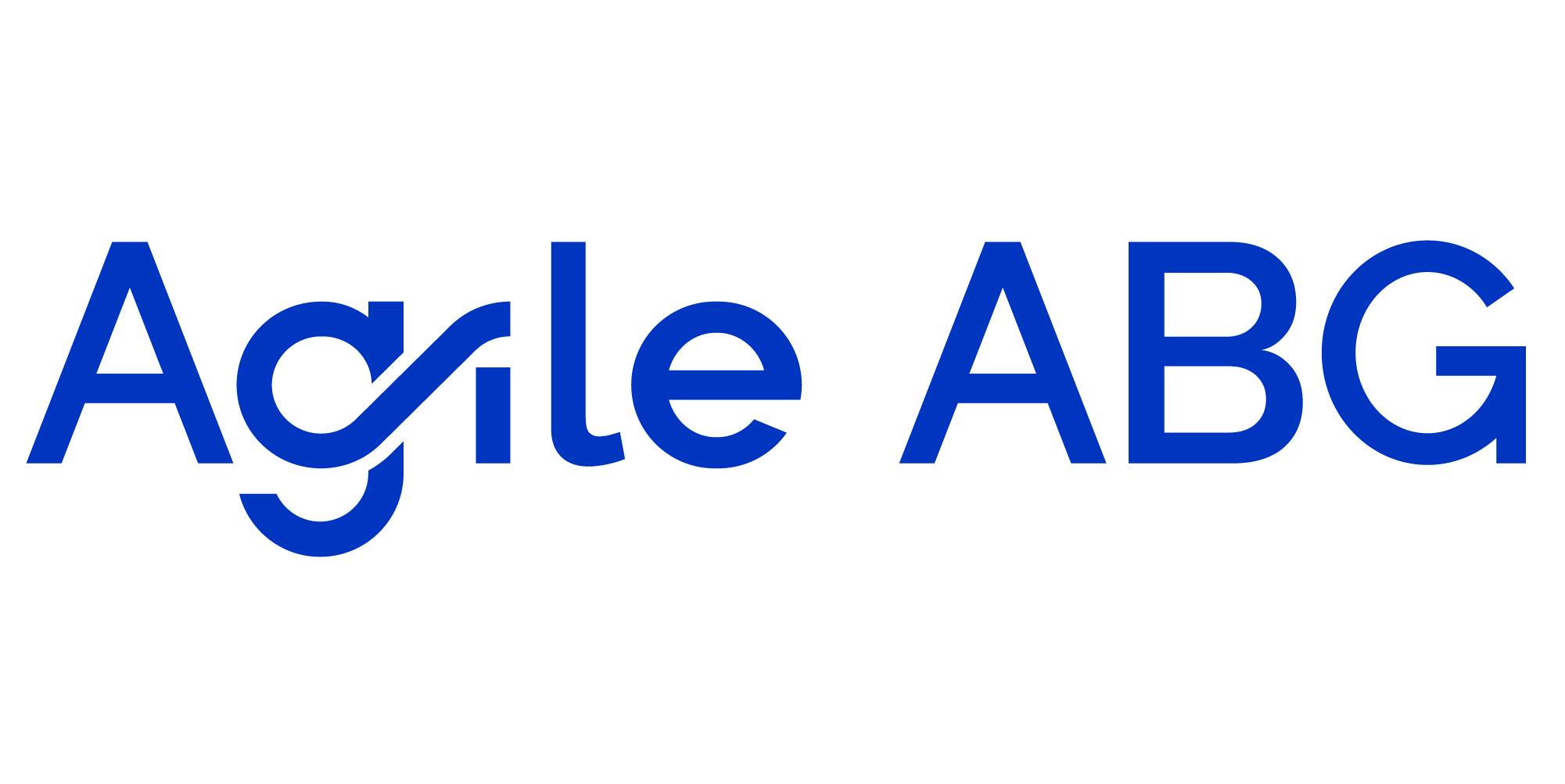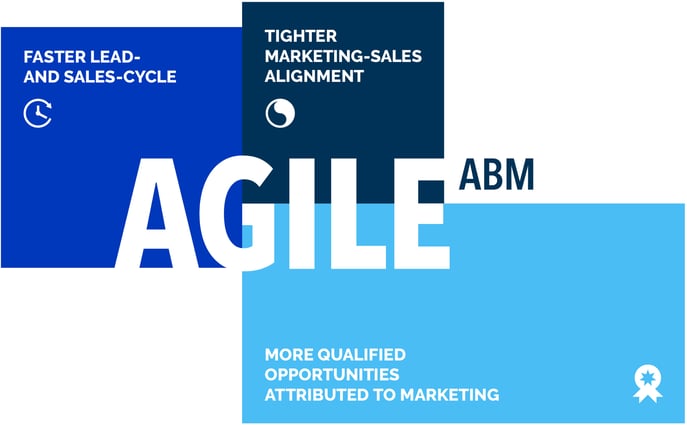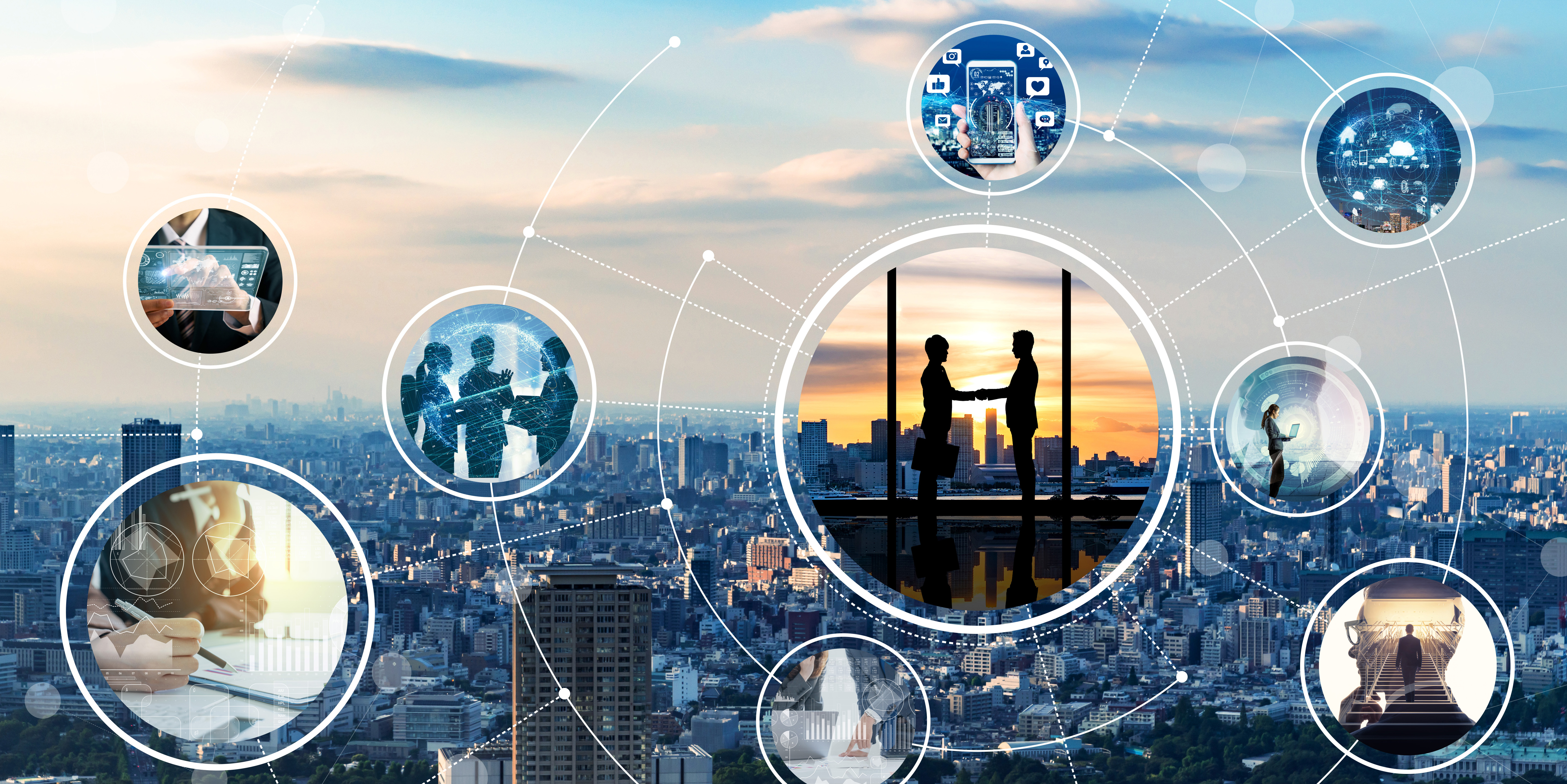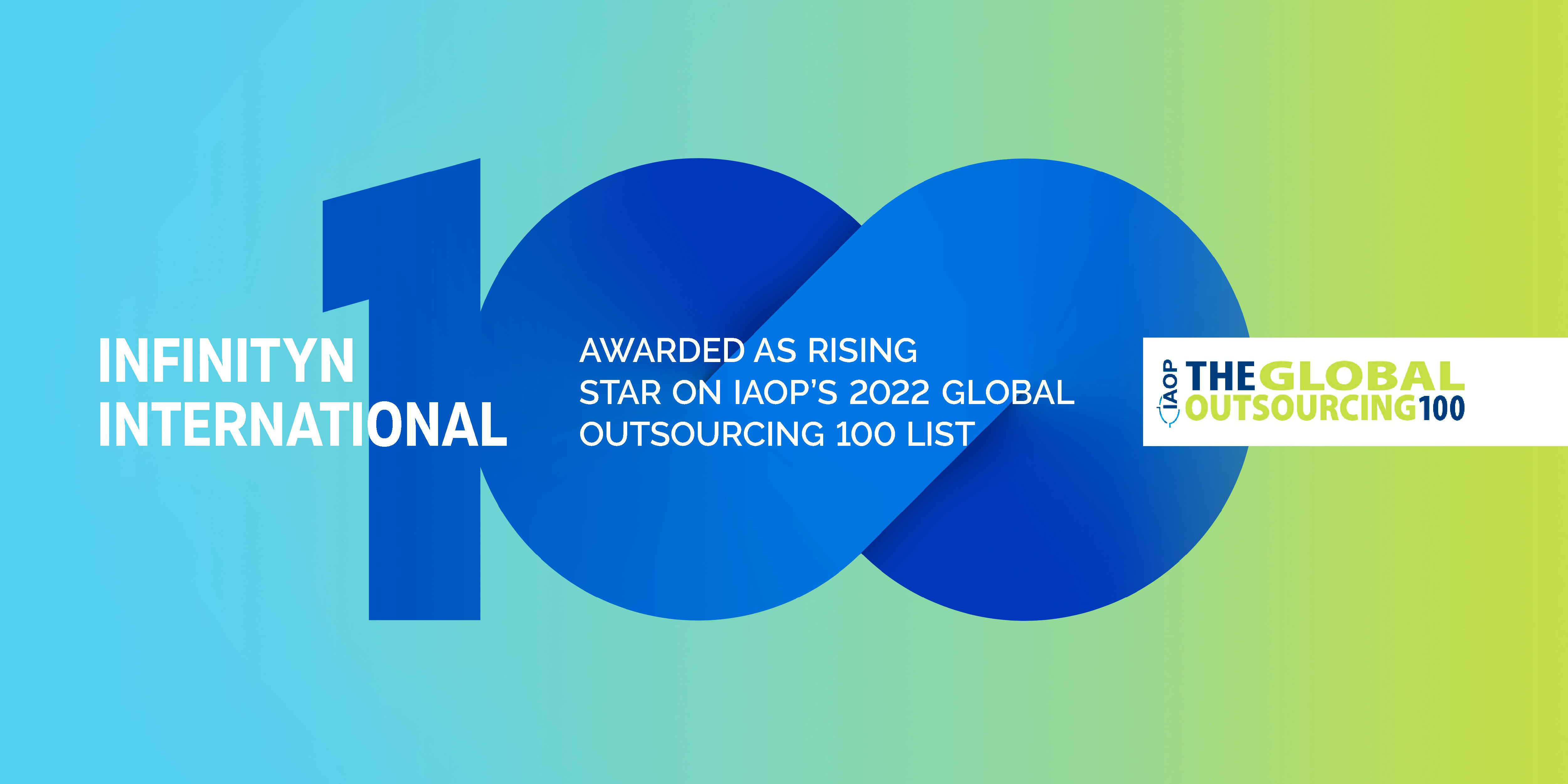What is ABG?
TOPO’s “2019 ACCOUNT BASED BENCHMARK REPORT” – which included 150 account-based organizations - showed that every participant reached or exceeded a...
B2B strategies can be pretty intricate. But anyone who knows B2B knows that the tricky part isn't the strategy itself, but the execution. At least this is what most marketers feel about the Agile methodology. The rules are few, but the execution is... phew! Don't be startled, we have already had a series of trials and errors, and we're about to spill it all in this article.
The Agile methodology is an iterative procedure made to improve the efficiency of your business process, by taking into consideration the feedback and ideas of all the teams involved to bring in desired results.
With this article we want to help you understand how agile fits into the greater picture at growth organizations and to help you wrap your head around the transition, should you wish to shift your processes into the agile direction.
Agility is a term that represents adaptiveness and the ability to welcome change. According to Atlassian, Agile refers to “an iterative approach to managing products and developing software that helps teams deliver value to their customers faster and with fewer headaches. Instead of betting everything on one final launch, an agile team delivers work in small, but consumable, increments. Requirements, plans, and results are evaluated continuously so teams have a natural mechanism for responding to change quickly.”
In this article, we’re going to be using agile in the context of marketing, sales, and growth processes in general, rather than software development or products. While it started as a promising concept in IT for software development, it soon made its way into sales and marketing, especially at tech companies. Tech companies have always been ahead of the others with innovation.
TEAMS THAT IMPLEMENTED AGILE, NOTICED THIS...
On implementing Agile, they began to notice faster turnaround time, better and faster learning among the team, more intra-department communications, and as a result, better output. Naturally, it is a lot easier to implement Agile in start-ups or small companies.
Communication is like food to agile. The more you communicate, the more effective and healthier it gets. Due to these, a smaller team and a more fluid organizational structure can implement it better. In larger organizations that are used to rigid organizational structure processes, agile may be harder to implement both process and culture-wise.
However, don’t lose heart because there are plenty of enterprises where the IT departments as well as marketing have experimented with and internalized agile methodologies. Today, agile has gained traction in many places and is making its way even into governmental organizations. We know of several 40K+ employee banks with 1000+-person IT departments that function entirely on Agile.
THE AGILE MARKETING MANIFESTO
Shortly after the birth of the Agile manifesto that was aimed at revolutionizing the way products are built, marketers caught on; in 2012, a group of them created the Agile marketing manifesto. Let’s look at the most important agile marketing values and how they translate to better enterprise-level account-based growth:
The extremely detailed values make the marketing experience a lot more impactful. Speaking of Agile’s entry into marketing, one of the greatest beneficiaries of agile is content marketing. As it started gaining popularity in marketing, experts started to observe how it seemed to perfectly fit the needs of content marketing.
If you know how content has functioned so far, you will know that Content marketing was the perfect way for Agile to make an entry, thanks to its nature of having a clear end goal, content (duh), a clear cycle, a well-definable end-product and most importantly, the need for feedback from both internal and external stakeholders.
The creation of other marketing assets also works well in an agile setting. Landing pages, websites to some extent, email campaigns, newsletters, or any scenario where a message has to be tested, delivered, tweaked, and optimized, are ripe for managing in agile settings.
REMEMBER THIS WHILE TRANSITIONING TO AGILE…
Our conviction is that in B2B, marketing shouldn’t be viewed as a stand-alone silo. Marketing should be viewed as one piece of the growth puzzle; alongside sales development, sales, and even customer success. What we’re finding is adopting principles from agile to manage these functions tends to breed many of the benefits of agile that we’ve outlined above.
One common challenge that benefits from implementing an agile growth approach is sales and marketing misalignment. Since Agile forces teams to work together in an intra-departmental fashion, it resolves the misalignment issues.
For instance, at Infinityn, the initial stage sees people from two or three departments come together to work on a common goal in a pod fashion (a typical team setting in agile environments). Representatives from market research/intelligence, the sales team, and the marketing all work together to bring in SQLs and increase revenue.
Even in a traditional ABM organization, the different departments work on their goals and come together to discuss target accounts, KPIs, and more. In a traditional ABM play, you may have all the teams involved with the research team to select target accounts, followed by the marketing team creating targeted ads, and then finally handing over to the sales team for follow-up.
Despite agreeing on a list of targeted accounts and “working together”, the issue of misalignment lurks around the departments. How does Agile come to the rescue? For one, sharing goals and KPIs tends to align the two teams - this has been reported by a multitude of organizations.
However, adding an agile working style helps alignment even more and leads to greater efficiencies. In Infinityn, for instance, regular stand-ups take place between pod leaders/ members, the account executives, and the marketing team members which leads them to contextualize the newly discovered piece of information. They further agree on actions to take in the short run and report back to one another with results. It’s one thing they work together, but they also have sections of the pod that agree on what to do and work independently.
The teams have their own set of tasks but we are constantly coordinating via the CRM, team meetings, regular discussions, and documentation. In addition, the agile pods also focus on discovering better ways of performing these tasks, which are discussed among the team. Due to the conscious efforts to optimize processes, learning and bettering the process speeds up.
This allows us to keep our teams aligned to contribute to the overall goal of growing our revenue and creating as many business opportunities on the way as possible.
WHAT ABM LOOKS LIKE WITHOUT AGILE…
ABM without agile is pretty much the opposite of everything you’ve read above. The absence of Agile means there will be no frequent discussions over small decisions. When no discussions are happening frequently then the teams are not going to have a chance to analyse the process or make necessary changes.
So in an enterprise without Agile, the whole team decides on one end goal and goes on to finish their respective tasks within a time frame they set for the whole project. Finally, on the due date, the teams present their work and try to put these tasks together like a puzzle to create one big picture. But how will you fit a puzzle that was never designed keeping in mind the whole fit?
Usually in a traditional marketing setting, the highest-paid person in the room decides on the creative and the messaging based on gut feeling. It is never validated, and no testing is done but is rolled out. And everyone hoped the director's gut feelings were right. Let’s say the results weren’t satisfactory (you know why) and they can’t seem to fit the pieces together, they will have to start from scratch, consuming more time, funds, and energy.
With fewer conversations, there are also lost opportunities for feedback and suggestions from the team. Now imagine what it would be like if the sales team fails to provide feedback from the client to the operational team, or if they do not work together in a multidisciplinary pod, then it would lead to the creation of a product/service that hasn’t been working, about which you’d know if you heard the feedback! This becomes another way of hurting the buying process.
To put a conclusion on this, Agile is like oiling the machine, where your company is the machine. It makes you function better, faster, and more efficiently by aligning the teams and bringing the best ideas together. Once business leaders understand that the implementation of agile is a trial and error process, and find a way to do it consistently, they would have found the key to the gold mine! To have a discussion on Agile, or to hear more news on how we implemented it, give us a call!

TOPO’s “2019 ACCOUNT BASED BENCHMARK REPORT” – which included 150 account-based organizations - showed that every participant reached or exceeded a...

Account-based marketing is going agile Account-based marketing (ABM) has been the go-to approach for enterprise technology in the past decades, even...

We have compiled a list of questions, even doubts and objections about Agile ABM. Feel free to ask us anything that is unanswered here.

What we call agile account-based marketing (AABM), is a newly emerging discipline. As such, the industry of marketing service providers - agencies...

A new business model for outsourcing enterprise growth activities: Growth Process Outsourcing! It’s no news that outsourcing is a red-hot trend....

“Every company wants to increase revenue.” That’s a pretty safe and agreeable statement to make.

On a Monday morning, sipping coffee on the office balcony with my new colleagues, I hear them speaking about how the last five years have been a...

Account-based marketing has been all the rage in the B2B world with big promises, new lingo, new buzzwords. We’ve been finding that it isn’t always...

What’s the philosophy behind the technology of the most successful ABM programs? Answering this question was not the original intent when we set out...

Marketing goes beyond promotion. Marketing is creativity, profound planning, understanding of your audience, analysing data – especially nowadays,...

Account-Based Marketing or ABM has undoubtedly become a defining element of B2B business development. It has been constantly evolving and it’s not...
